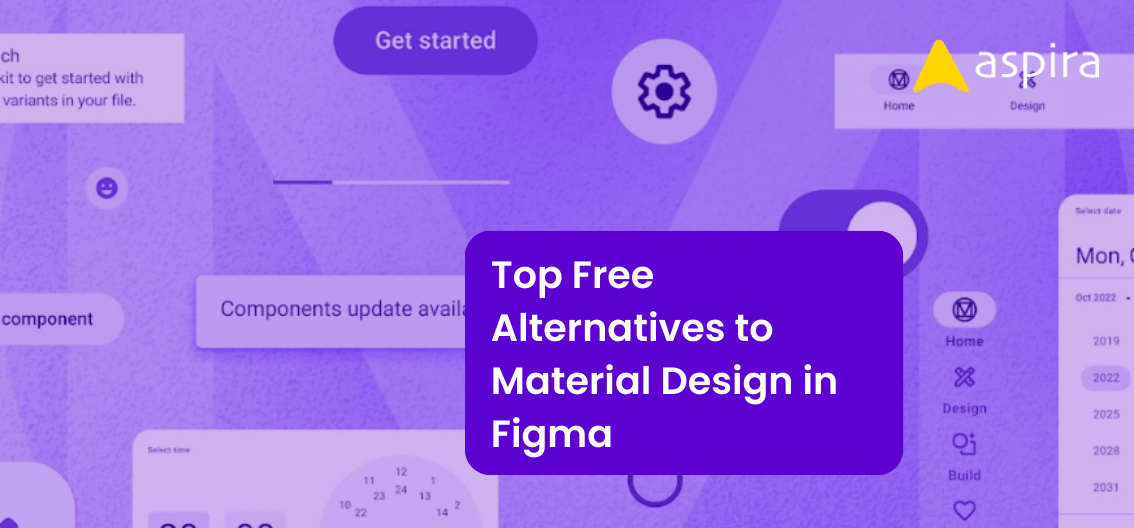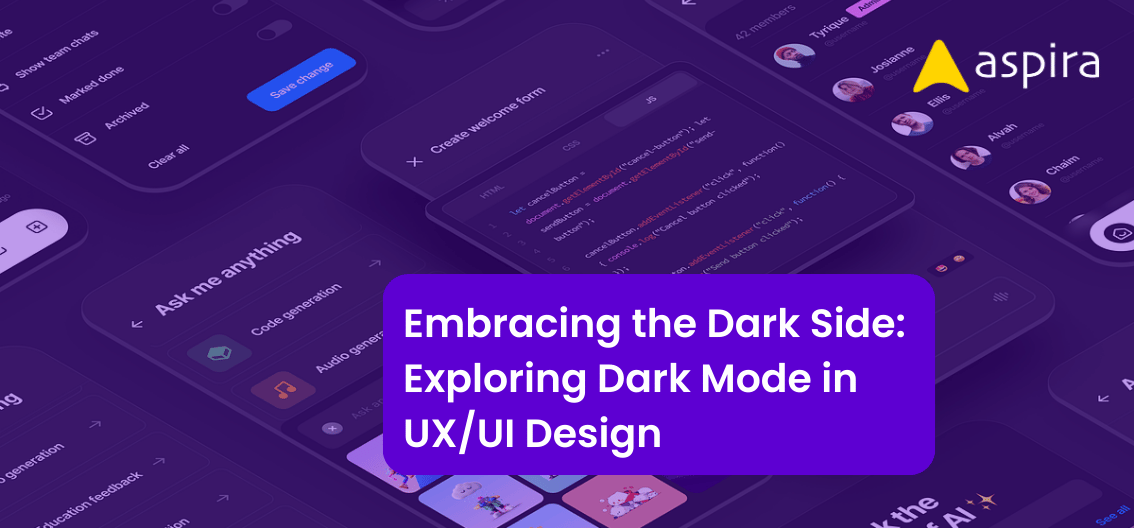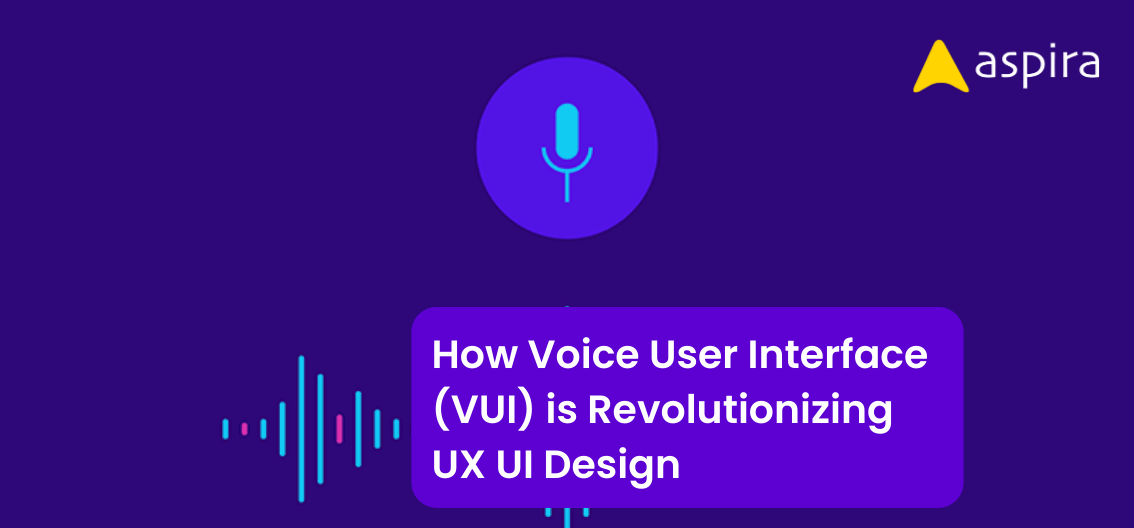UX Design - Mentor & Author.
9 Oct, 2024

The way we interact with technology is on the undergo of a revolution. Augmented reality (AR) and virtual reality (VR) are set to transform user experience (UX) design, creating a new era of immersive interfaces. But before we dive into this exciting future, let’s establish a foundation.
Understanding AR/VR: Blurring the Lines Between Worlds
Augmented Reality (AR): AR overlays digital elements onto the physical world. Think Pokemon Go, where virtual creatures appear on your phone screen within the context of your real surroundings. AR seamlessly blends the digital and physical, providing an enriched view of reality.
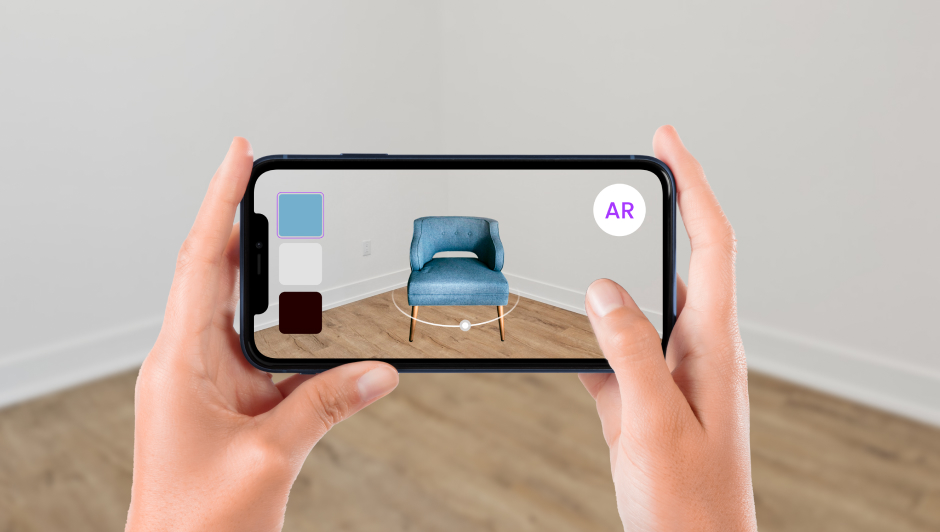
Virtual Reality (VR): VR transports users entirely into a computer-generated environment. Imagine exploring a virtual museum exhibit or attending a concert from the comfort of your living room. VR creates a fully immersive experience, shutting out the physical world.
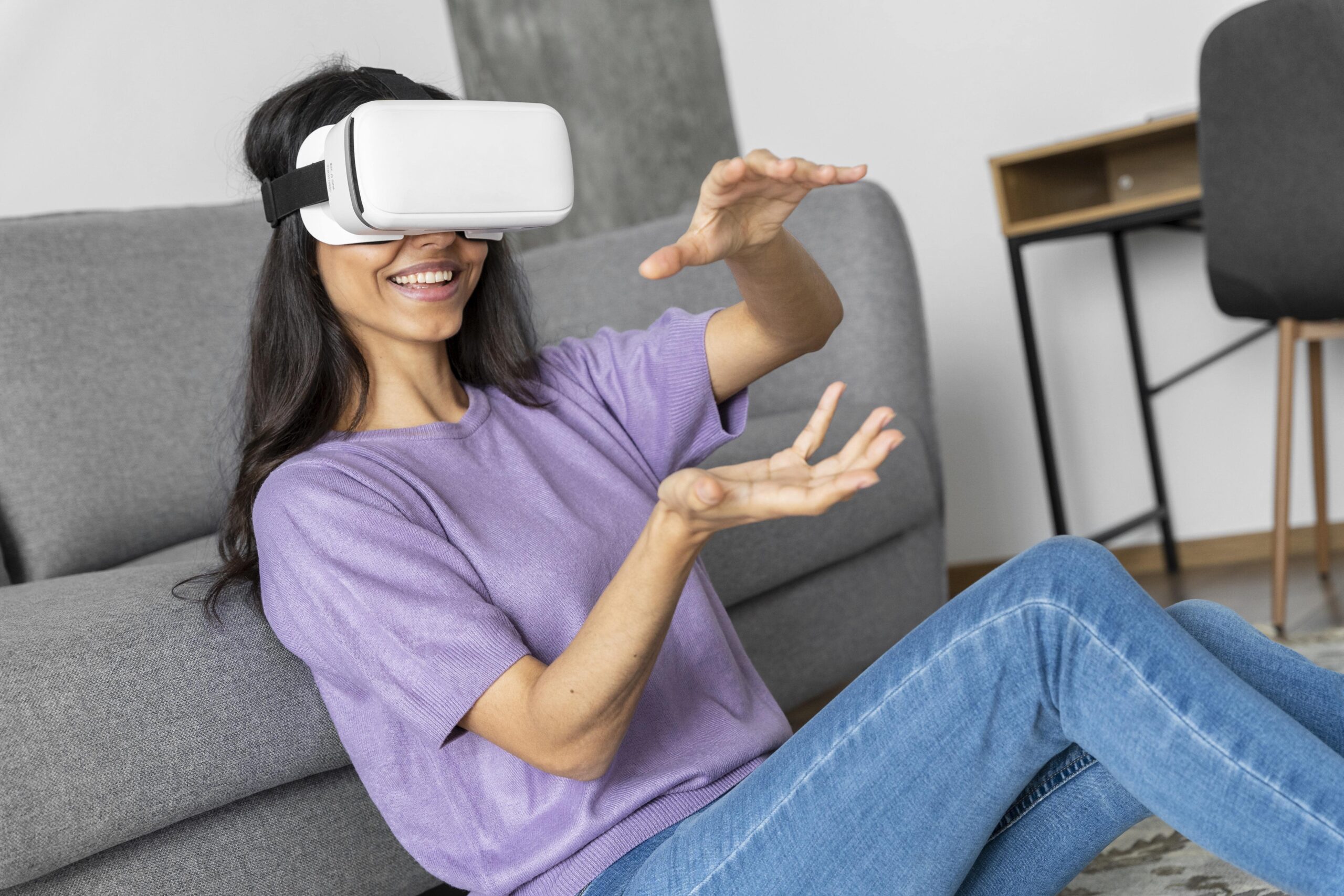
The Power of Immersion: Benefits of AR/VR in UX Design
AR and VR offer a treasure trove of benefits for UX design:
Enhanced Engagement: Immersive experiences inherently capture user attention. Imagine learning a new skill through interactive AR tutorials or experiencing a product firsthand in VR before purchase.
Spatial Interaction: AR and VR allow users to interact with digital elements in a natural, three-dimensional way. This can revolutionize fields like architecture, allowing clients to virtually walk through a future building design.
Accessibility and Personalization: AR can overlay information and instructions onto real-world objects, making tasks easier for users with disabilities. VR experiences can be personalized to individual needs, creating a more inclusive user experience.
Beyond the Hype: Limitations of AR/VR in UX Design
While exciting, AR and VR aren’t without limitations:
Accessibility and Cost: Current AR/VR technology often requires specialized hardware, making it less accessible to the general public. The cost of this hardware can also be a barrier for widespread adoption.
User Comfort and Safety: Extended use of VR headsets can cause nausea and dizziness. Additionally, ensuring user safety in VR environments requires careful UX design to prevent accidents in the physical world.
Content Creation and Standardization: Creating high-quality AR/VR experiences requires specialized skills and resources. The lack of standardization in hardware and software can also create compatibility issues.
Real-World Applications: Showcasing Use Cases
Retail and E-Commerce: AR is revolutionizing the retail industry by providing virtual try-ons for clothing, accessories, and cosmetics. For example, Sephora’s Virtual Artist app allows customers to see how different makeup products will look on their faces in real-time. Similarly, IKEA’s AR app lets users visualize how furniture pieces will fit and look in their homes before making a purchase.
Healthcare: In the medical field, VR is being used for surgical training and simulation. Platforms like Osso VR provide immersive training experiences for surgeons, enabling them to practice procedures in a risk-free virtual environment. AR is also being utilized in vein visualization devices, helping clinicians locate veins more accurately for injections and IV placements.
Education: AR and VR are transforming education by creating interactive learning experiences. Google Expeditions, for instance, offers virtual field trips that allow students to explore historical sites, outer space, and ocean depths without leaving the classroom. This immersive approach enhances learning and retention by making education more engaging.
Real Estate: VR tours are becoming a standard in real estate, allowing potential buyers to explore properties remotely. Companies like Matterport create 3D virtual tours that give a comprehensive view of properties, enabling buyers to “walk through” homes at their convenience, saving time and resources.
Entertainment and Gaming: The entertainment industry is at the forefront of AR and VR adoption. Games like Pokémon GO use AR to bring virtual creatures into the real world, while VR games such as Beat Saber offer fully immersive gaming experiences that engage users in entirely virtual worlds.
Conclusion: The Immersive Future of UX
AR and VR hold immense potential for transforming UX design. By understanding both the benefits and limitations of these technologies, designers can create immersive experiences that are not only engaging but also accessible and user-friendly. As AR and VR technologies continue to evolve and become more affordable, we can look forward to a future where the boundaries between the physical and digital worlds seamlessly blend, creating a revolution in how we interact with technology.
